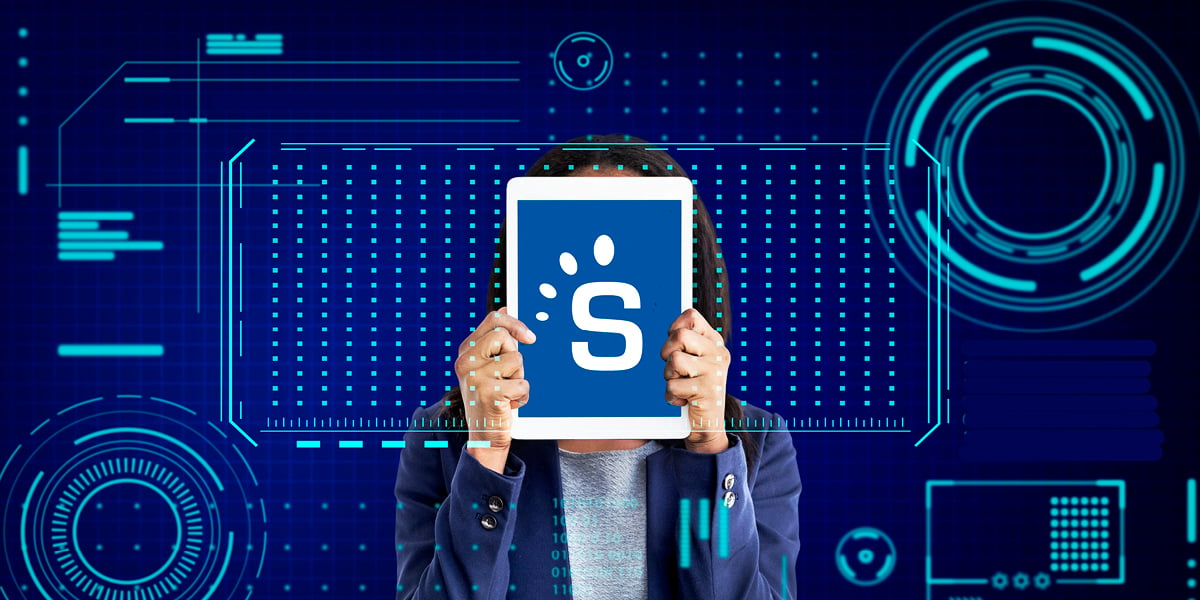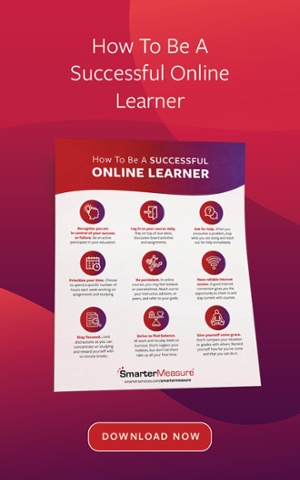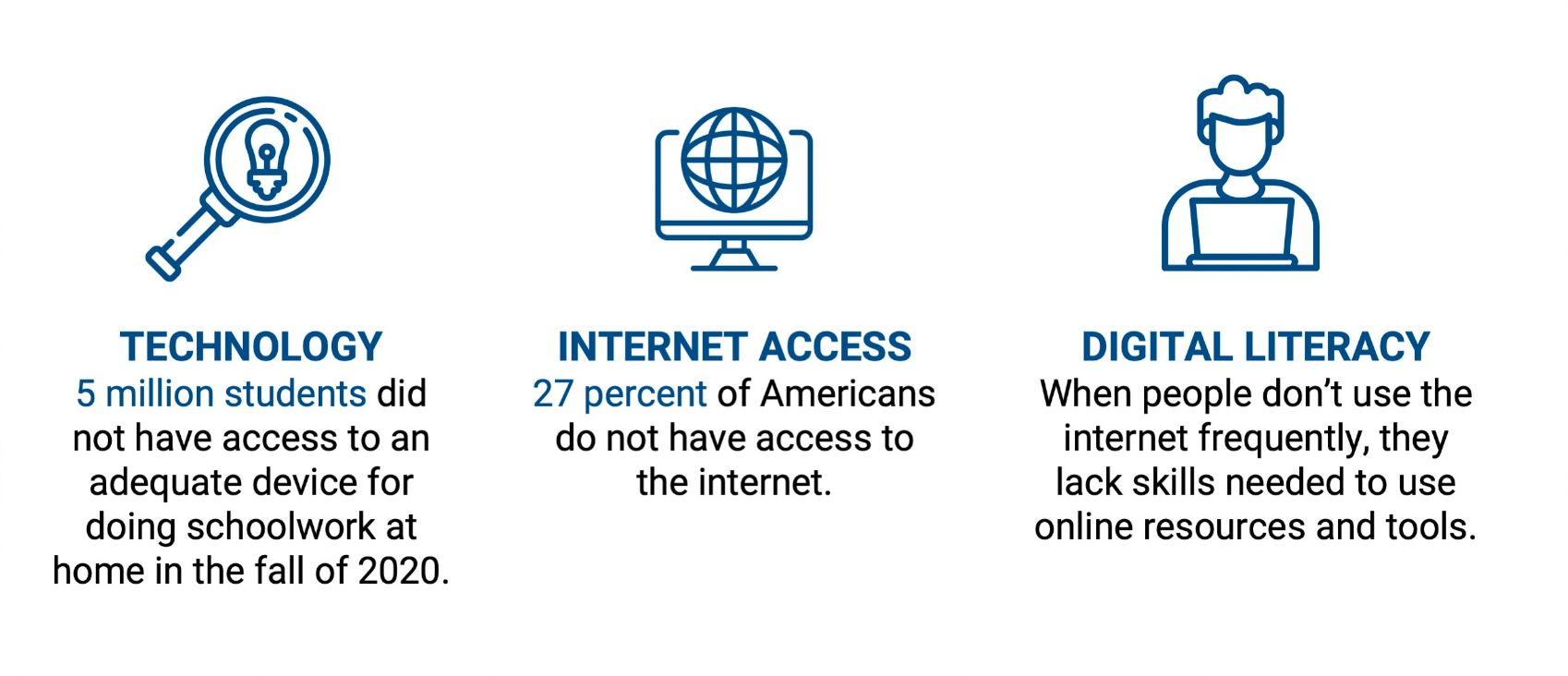
Prior to the COVID-19 pandemic, the digital divide was a concept that educators heard mentioned at academic conferences, but we likely did not grasp the scope of it. The quarantine phase of the pandemic shined a spotlight on the reality that many persons did not have broadband access to the Internet nor an Internet-enabled device.
In this blog, we will be reviewing the degree to which the pandemic closed or did not close the digital divide. We'll also be sharing some insights from data we collected through SmarterMeasure and SmarterProctoring that are clues to this matter.
Check out the video below to learn more, or scroll down to read the video overview.
Video Overview:
Background on the Digital Divide
The digital divide is the gulf between those who have access to computing devices and broadband Internet and those who do not. Without reliable high-speed Internet, it is difficult for students to participate in online classes, for parents to work at home, and for all family members to engage in tasks that are becoming increasingly more common online – shopping, telehealth, and social connections.
Prior to the pandemic, the largest investment in closing the divide was the 2009 American Recovery and Reinvestment Act which allocated $4.7 billion to close the digital divide. Due to the pandemic, the US government invested $65 billion in funding for broadband services through the Infrastructure Investment and Jobs Act. Did this sizeable investment narrow the gap? Yes, it did help, but the digital divide is still a reality and has not been closed.
Access, Affordability, and Digital Literacy
Access to the Internet via a computing device is only part of the solution. Other factors include affordability and digital literacy. Even if a person receives initial access and a computing device, the access may have monthly fees that the person is expected to at least partially cover, and the computing device will eventually have to be replaced.
Perhaps the most complex piece to the puzzle is digital literacy. Just because a person has a computing device with access, does not at all imply that they have the skills and knowledge to use them. Frequently elderly persons, non-English speaking persons, and persons who are illiterate have substantial difficulty utilizing online services such as shopping, telehealth, and education.
Data from SmarterMeasure
Data collected via the SmarterMeasure Learning Readiness Indicator and the SmarterProctoring Proctoring Management System sheds some light on this matter.
To determine the impact of the COVID-19 pandemic on the construct of learner readiness, the following analysis of trends regarding the mean scale scores was computed. This table displays the mean scores by academic year for the scales measured by SmarterMeasure. The lowest mean is displayed in red.
|
|
Life Factors |
Individual Attributes |
Reading Recall |
Technical Knowledge |
Technical Competency |
LMS Competency |
Math Readiness |
Writing Readiness |
Typing AWPM |
Prior Online |
N |
|
AY17/18 |
79.03 |
78.62 |
71.58 |
72.01 |
90.54 |
NA |
80.30 |
61.62 |
27.25 |
1.72 |
383,038 |
|
AY18/19 |
79.14 |
78.50 |
72.45 |
71.02 |
90.59 |
88.53 |
79.80 |
78.42 |
26.89 |
1.71 |
403,746 |
|
AY19/20 |
78.61 |
77.12 |
70.72 |
68.55 |
88.87 |
89.89 |
75.13 |
74.27 |
25.95 |
1.31 |
506,294 |
|
AY20/21 |
77.28 |
76.02 |
72.58 |
73.35 |
90.03 |
77.21 |
75.10 |
70.71 |
26.64 |
2.17 |
467,857 |
The Impact of the Pandemic on Student Skills: During the start of the COVID-19 pandemic, many institutions closed their doors and moved much of their instruction online. This prompted many students for whom online learning was not their first choice to be constrained to learn by an online learning modality. This reduction in levels of learner readiness is demonstrated by the lowest mean on half of the scales we measure being experienced during the quarantine year of AY 19/20. The following scales revealed the lowest means during that year: Reading Recall, Technical Knowledge, Technical Competency, and Keyboarding.
The Impact of the Pandemic on Experience: It is also telling to note that during the quarantine year (AY 19/20) more students with no prior online learning experience studied online than ever before. One positive note is that after the quarantine year, there are now a higher number of students who have experienced learning online.
The Impact of the Pandemic on Assessment Volume: During the quarantine year of the pandemic (AY 19/20) more persons took the SmarterMeasure Learning Readiness Indicator than ever before. The diminished level of learner readiness reported by the assessment coupled with the inferior quality of emergency remote instruction/teaching when compared to traditional online learning is what prompted concern among many about the efficacy of academic continuity efforts during the start of the pandemic.
Declining Non-Cognitive Attributes: Mean scores on the Life Factors and Individual Attributes scales have consistently declined over the past four years by about two percentage points. This is a substantial observation since these scales measure learner attributes, not skills. As such, these measurements are not delivery system dependent, meaning that they are equally important for students studying online, hybrid, or face-to-face. It is paramount that institutions measure this data for all students and provide appropriate strategies for intervention and support since students are struggling in these areas more than in the past.
Declining Cognitive Readiness: Generally speaking, mean scores for the Math Readiness and Writing Readiness scales have consistently declined over the past four years by 5 to 8 percentage points.
Insights from SmarterProctoring
In addition to this data from SmarterMeasure that clearly reveals that the COVID-19 pandemic impacted levels of learner readiness, our experience in scheduling and providing virtual proctoring services with SmarterProctoring has been enlightening as well.
SmarterProctoring recently started serving the Department of Motor Vehicles (DMV) in the Washington DC area. Residents of the area can use SmarterProctoring to schedule and take their driver’s license online in a secure, proctored environment. While this process is seamless to most fifteen-year-old persons who are digital natives, other persons who may be elderly, illiterate, or new residents of the United States often experience considerable difficulty understanding and following the instructions. This increase in user support requests for these issues further validates the concern over digital literacy being a major aspect of the digital divide.
The Three Legs of the Digital Divide
The Oregon State Public Internet Research Group reported that millions of students and their families continue to lack the needed devices. Nearly one-third of Americans continue to not have access to the Internet. Finally, digital literacy skills are lacking for several segments of the population.

There is Still Work to Be Done

My conclusion is that the additional funding and experiences utilizing online services that were prompted by the quarantine period of the pandemic have helped narrow the digital divide. However, there is still considerable work to be done and all that work is not just the technical task of providing access, but it is the personal task of equipping citizens with higher levels of digital literacy. At SmarterServices, we are committed to providing services that help persons make their life better through education.
Resources:
- Why Broadband is important
- Article about Emergency Broadband Benefit
- More than Just Access



.jpg)


